Why Lylat Is Necessary
It seems like every day, I see people posting on Twitter about how Lylat is a bad stage and shouldn't be allowed for tournament sets. The thing that bothers me the most is that all of the people calling for said ban have produced no efficient, realistic solutions that would maintain a stage balance for tournament sets. I'm not anti-change, but I'm of the opinion that calling for change when you don't have a solid plan ready for whatever you want to replace is widely ineffective (just look at congressional Republicans and Obamacare... but I digress).
I'll be the first to say that, yes, Lylat has some oddities that can make playing on it unpredictable and/or frustrating. I'll follow that statement up, however, by noting that in the years I've been playing Smash 4, I've never had one of those things happen to me, and I don't personally know anyone who has, where it can't be explained in some fashion. The ratio of documented incidents to sets played is unbelievably low, but in a perfect world, it'd be zero, and that's what the people who are calling for Lylat to be banned want. So, in the interest of examining both sides of the argument, I decided to explore the possibilities that currently exist if Lylat -was- banned. So, without further ado...
- The "Keeping Six Stages" Scenarios -
In our current system, we have six (realistically, five, since Battlefield and Dream Land are linked, but work with me) stages to choose from. If we remove Lylat, then, in order to maintain this number, we would have to add a stage to the acceptable stage list. This is the single biggest problem to the removal of Lylat. There are zero stages that could be added in that would keep tournaments running efficiently, as well as maintain or reduce the amount of "jank" that exists in tournament sets. I'm not going to touch on every stage here, as there are many that are obviously not even worth mentioning, but I'll talk about a few that get tossed around.
- Pokemon Stadium 2 - Easily the most talked about, the main problem here is stage hazards, and the concept of disabling them. There are two major issues regarding this. First, a concept that was suggested involving CPU's and a third player requires a significant amount of setup time before the match can even begin. Especially for tournaments that run long, potentially adding this extra time multiple times during a single set would have a huge impact on the tournament. Additionally, stream matches would have "filler" time that would potentially lose viewers due to a lack of action (really, who wants to watch players just stand around and wait for a clock to hit a number before starting to play?). The other concept was to create a custom stage that duplicates PS2's dimensions as closely as possible, as there would be no stage hazards to disable. The problem with this concept is that a.) TO's would have to ensure that the custom stage existed on every setup, b.) TO's would have no real way of guaranteeing that no modifications had been made to any of the stages, and c.) Distribution of the custom stage will become infeasible with the impending shutdown of Miiverse.
- Duck Hunt - Generally seen as the second most viable option, some people are of a mind to bring Duck Hunt back to the legal stage list. There are two main issues that exist with Duck Hunt - one that I consider major, and one that I consider minor, and they both involve the tree on the left side of the stage. The minor issue is that people have drawn the conclusion that the tree promotes camping, leading to slower, less exciting matches. I don't have any specific data on how true this assumption is, but the possibility of it is very real, particularly when taking the two specific victims of the major issue into account. The major issue is that two of the characters on the roster (Ganondorf and Little Mac) cannot reach the lowest branch of the tree unless they either use their up-b, or position the dog to jump off his head. The biggest problem with both of these options is that they are easily reactable. I've personally been camped out in the tree before while playing Little Mac, and while it's a viable tactic, it isn't fun for the players, or the people watching. I don't think we can justifably add a stage that cripples even a single member of the roster. Stage equality is a concept that will come up again later.
- Delfino Plaza - One of the "old" stages, this stages was removed from legal play due primarily to the insanely low ceiling during some of the stage transitions, as well as the presence of "walk-off's" at some points in the level. I think it should be fairly obvious to anyone who can look at stages objectively that this stage should absolutely not be legal. Above anything else, imagine how easy it would be for characters to kill you off the top at 0% during stage transitions (I'm looking at you, Bowser, DK, and Bayo). Not acceptable.
- Castle Siege - Another one of the "old" stages, this was removed from legal play due to the screen transitions, as well as the presence of a "walk-off" during the second transformations. In all actuality, this stage isn't completely awful, but the aforementioned issues would, in my opinion, make it less of an acceptable option than Lylat is. People are calling for Lylat to be banned because of extremely occasional (and usually unpredictable) jank - I'd rather have that than a stage where the transitions and such are the cause of it more often, in a more predictable manner. I've been killed off the side of Siege's second transformation by Sheik fairs and DK b-throws too often. Nightmares, man.
Those are, in my opinion, the only stages that would have a legitimate shot, even, at being legal. Other contenders that could be considered would be Halberd and Kongo Jungle, but I don't think that either of them offer more benefits than the detriments that they would introduce.
- So Let's Just Have Five Stages, Then -
This scenario assumes that Battlefield and Dream Land would become unlinked, and exist as stages completely separate from each other. Right away, there's an obvious issue - this effectively doubles the number of tri-platform stages in existence, granting a HUGE benefit to characters who excel on them. The argument could be made that Lylat could be considered a tri-plat, and so "replacing" it with Dream Land thereby leaves the overall number of tri-plats the same, but it's my opinion that Lylat's platform layout offers significant differences compared to both Battlefield and Dream Land. It's undeniably true that Battlefield and Dream Land have notable differences, but they also have much more in common with each other than they do with Lylat.
If we assume that the only change made to stage rules is the removal of Lylat (and promotion of Dream Land to a starter, and its own existence), characters who thrive on platforms will gain a notable advantage. Let's assume that you're playing against a Cloud, and you win game 1 on Smashville. Under the current ruleset, unless they benefit you just as much, you almost certainly ban tri-plats, as they'll help Cloud immensely. If Dream Land is made its own stage, you can't ban both tri-plats, giving Cloud a notable advantage for game 2. It's entirely true that the counterpicker should have some sort of stage advantage (that's the whole point of counterpicking), but let's go a bit deeper into this example. Assume Cloud wins game 2, and they ban Final Destination. You're left with the options of Battlefield, Dream Land, or Town and City. Two tri-plat stages and one that's a tri-plat roughly a quarter of the time. Not the best options. A simple solution to this would be to remove DSR from the ruleset, allowing characters to return to stages that they last won on - but this can still backfire, as if we assume Cloud won game 1 on a tri-plat, he could go right back for game 3.
There's justifably a lot of debate about platforms in the game, and it's a simple truth that most stages will have some semblance of platforms, and therefore be more beneficial to characters who enjoy having them there. But I think that the simple removal of Lylat and promotion of Dream Land would create a more unbalanced stage list, and that character results would change notably because of it.
- Okay, So Let's Go To Three Starters and One Counter-Pick -
First off, it should be noted that this was already tried. If I remember correctly, the three starters were Smashville, Battlefield, and Final Destination, with Town & City being the counter-pick. There was a ton of debate about this not long after it was implemented, and Remzi made an excellent point - the person who bans first gets a significant advantage, meaning the set would be heavily influenced by what is essentially a coin flip (or, if you're an RPS enthusiast, an in-depth game of skill and reading your opponent). When I played under this ruleset, banning became trivial. Most sets, I told my opponent which stage we'd be starting on and why, and the vast majority of the time, I was correct (a habit that I still do). Three stages isn't the worst option out there, but it's one that provides an incredible advantage to the first banner of a set, which just doesn't seem acceptable in what is supposed to be a competition of skill.
- But, Uh... What Other Options Are There? -
One option that I came up with was to have a single starter stage, with 3 counterpicks. The biggest problem here, which should be fairly obvious, is that whatever stage was selected as the starter would greatly benefit some characters and hurt others. The stage I originally thought of was Smashville, as it's a commonly selected starting stage - but imagine being a Little Mac main, and being told that the first game of every set would have to be played on what is arguably his worst stage. It would be disheartening, and I imagine we would see a fall in Mac play, accompanied by an increase for characters who do really well on Smashville (Sheik, Mario, Bayonetta, etc.). The same could be said for any stage that would be used as a starter. Earlier in this post, I mentioned stage equality, and that's the biggest issue at play here. The entire concept of having multiple stages available hinges on the fact that every stage provides benefits and drawbacks to individual characters on the roster. If the stages were something like Street Fighter's, where they have no discernible differences, the entire matter would be trivial - but it's not, and so reducing the stage selection to such a trivial thing doesn't seem like it would work.
The only other option that I came up with was another one that is influenced heavily by luck, and therefore wouldn't have a place in a proper competitive setting, and that would be to have the first stage selected by random. The act of picking the stage would, in practice, be completely fair, in that neither player would have a say in it - but again, leaving the stage choice up to a coin flip doesn't seem like the proper way to manage a competitive scene that's still growing.
- So... what, then? -
So after all of the points made above, I think that Lylat is, for the time being, a necessity for the stage list. There may very well be other ideas out there, and I always welcome the presentation and discussion of them. I think, however, that we need to keep the ultimate objective clear at all times, and that is to preserve the competitive balance of the game.
This turned out quite a bit longer than I intended, so if you've read all the way through, thank you! Hit me up with any constructive feedback that you'd like, either on here or on Twitter (@ZephyrSSB). See you at a tournament! ... Just, not until December. Because I'm on hiatus for school and all. But eventually. Probably.
TL;DR
Lylat isn't perfect, but it's not nearly bad enough to give up for a worse option which would notably disrupt the competitive balance of the game. No other stages would be an ideal replacement and reducing the stage list would create other causes for concern.
This blog post was written by a SSB World community member. Share your Smash 4 knowledge by creating your own blog post now.
You must log in to comment.


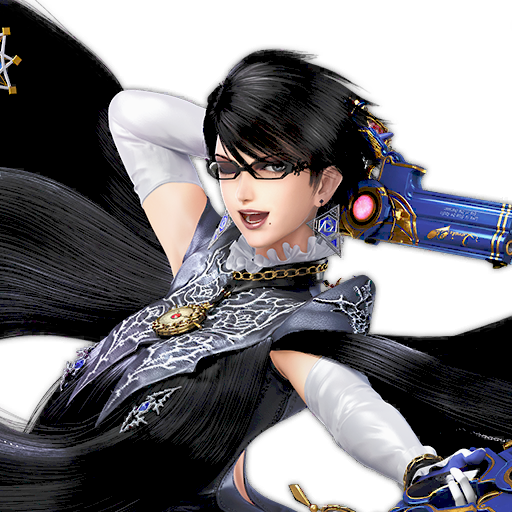
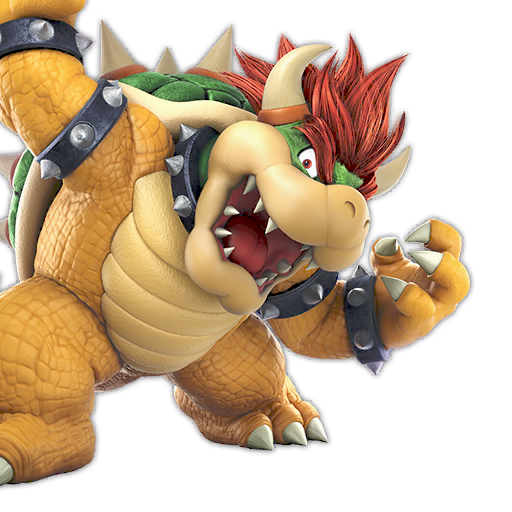
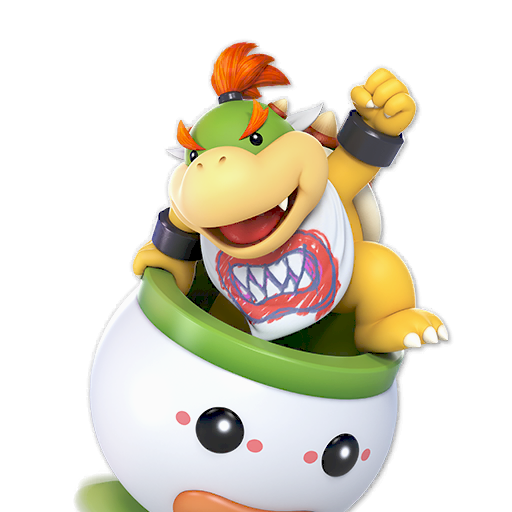
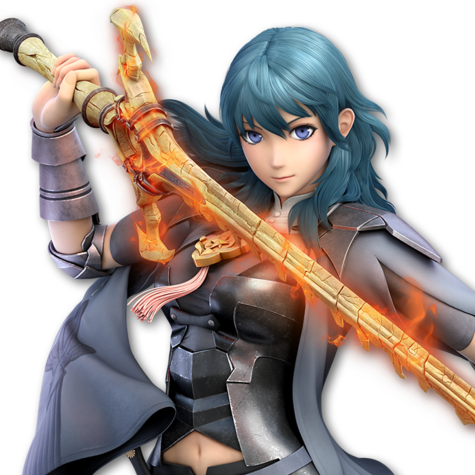
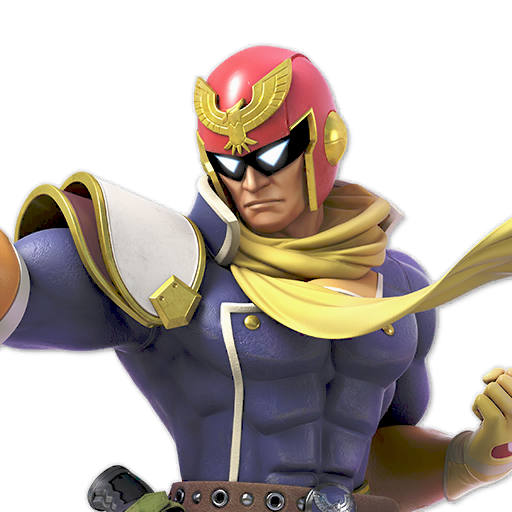
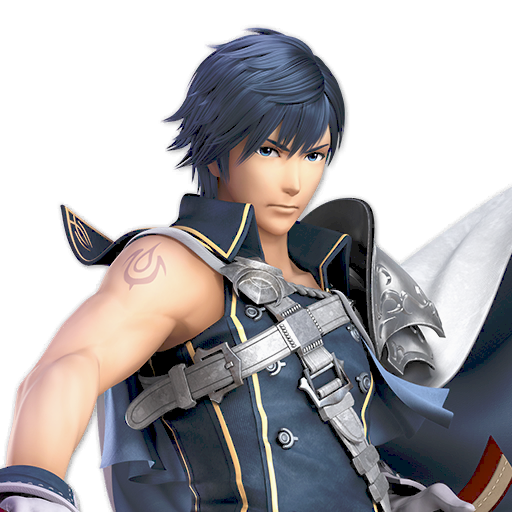
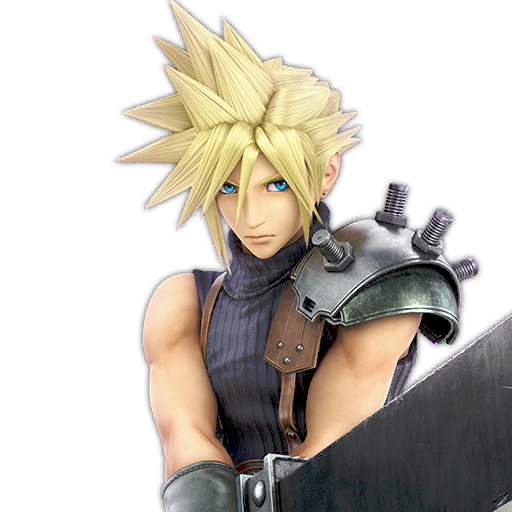
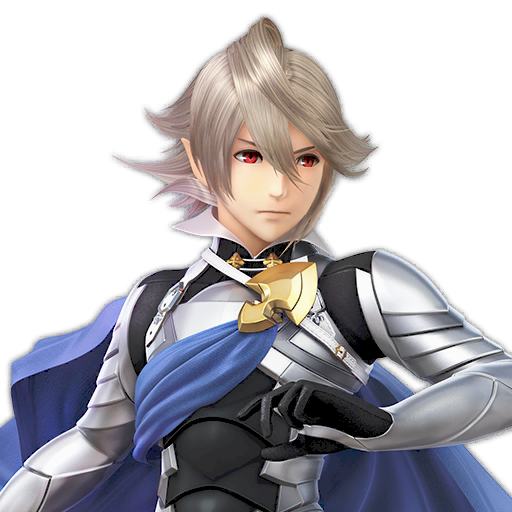
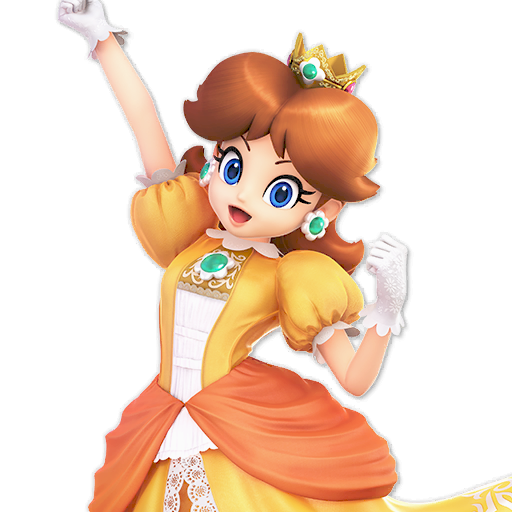
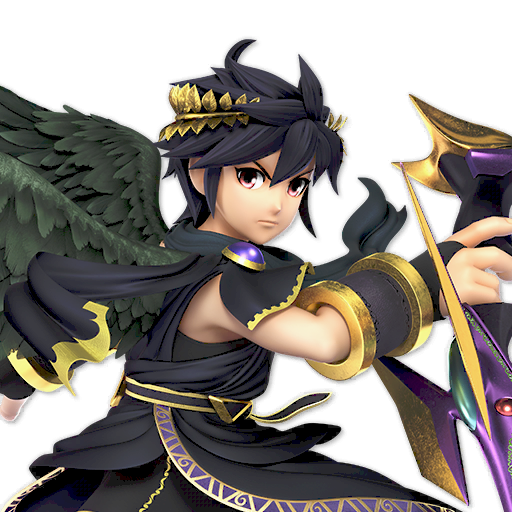
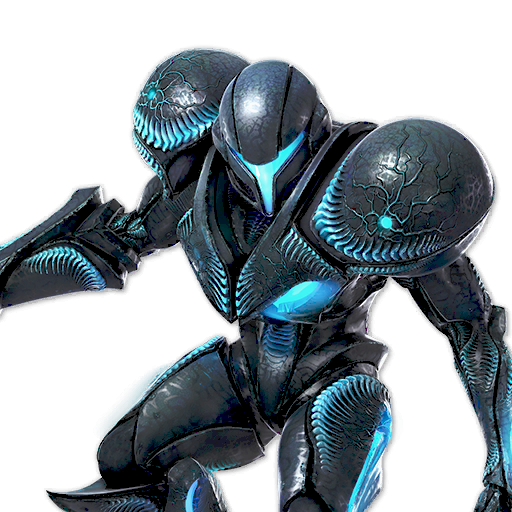
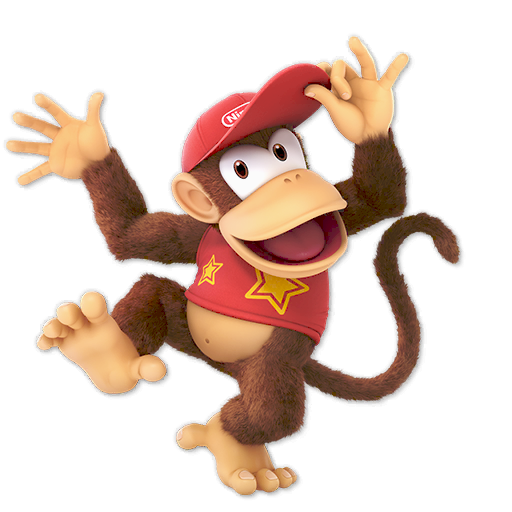
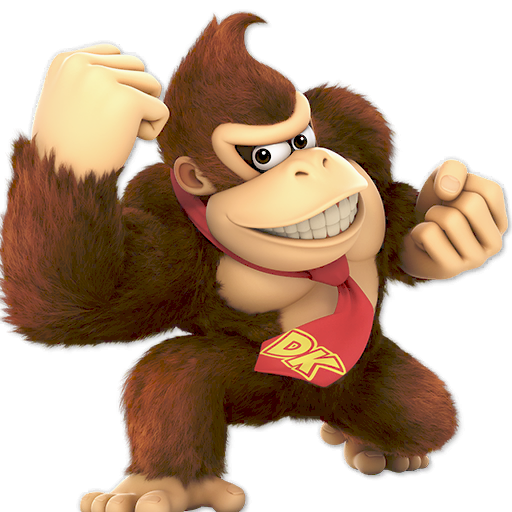


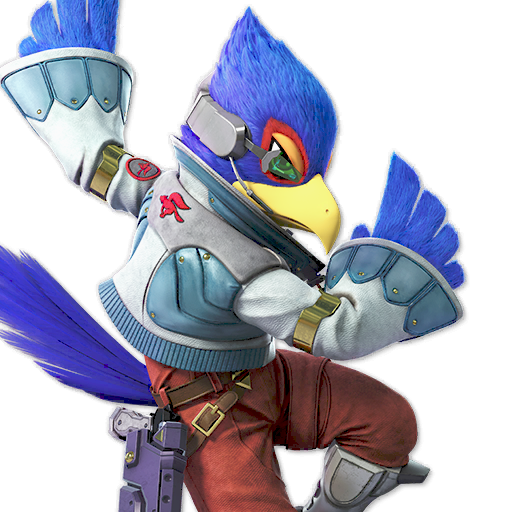

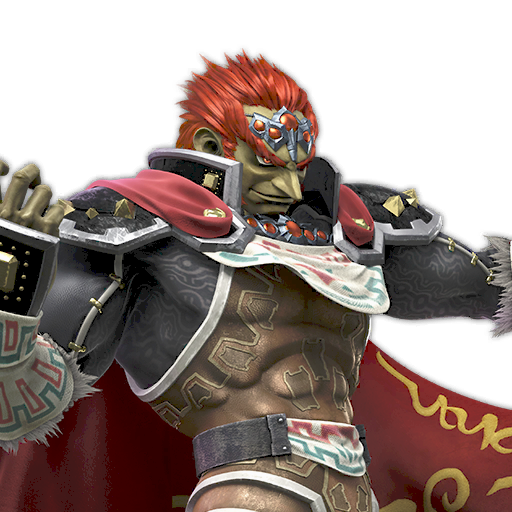
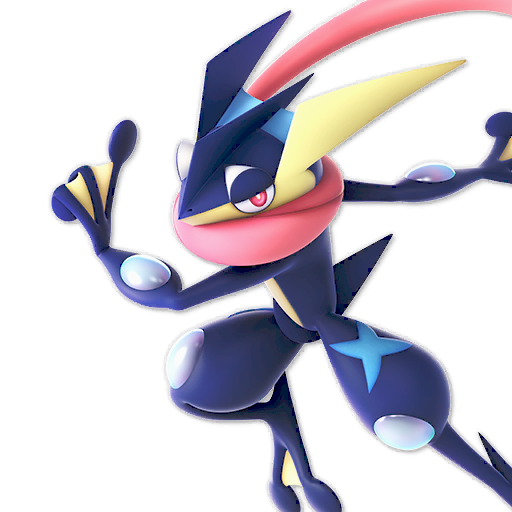


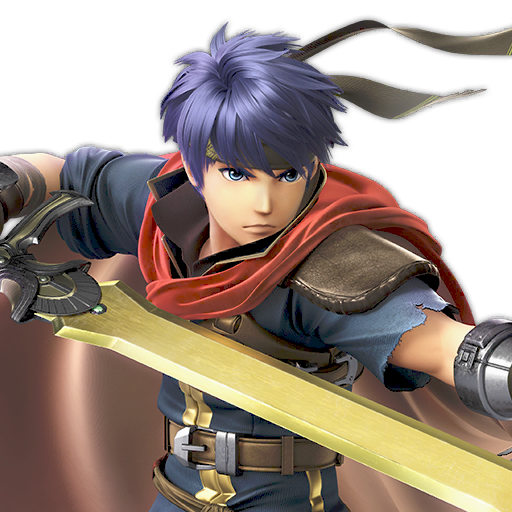

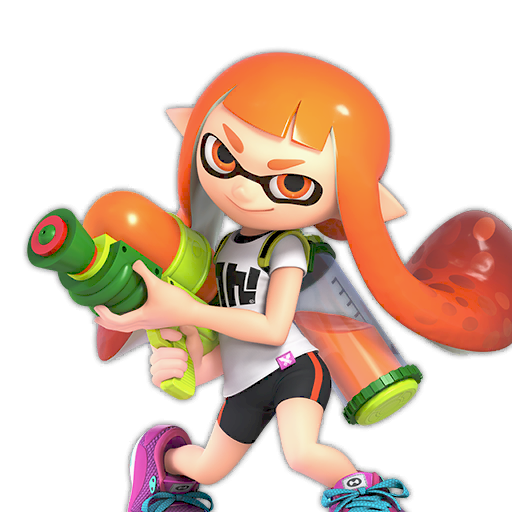


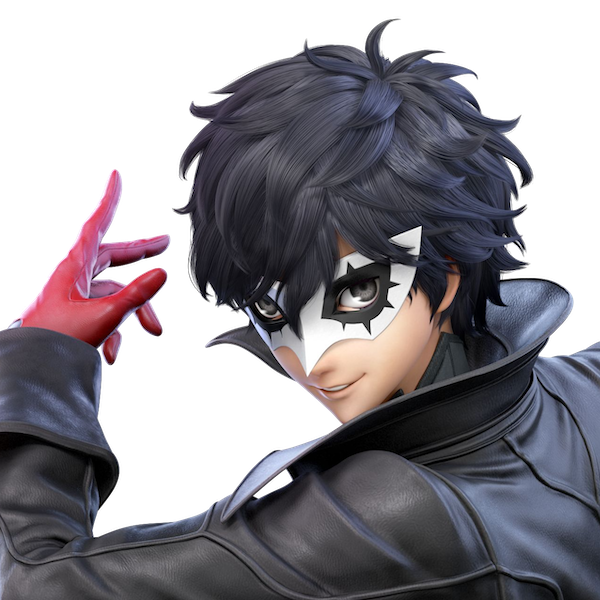
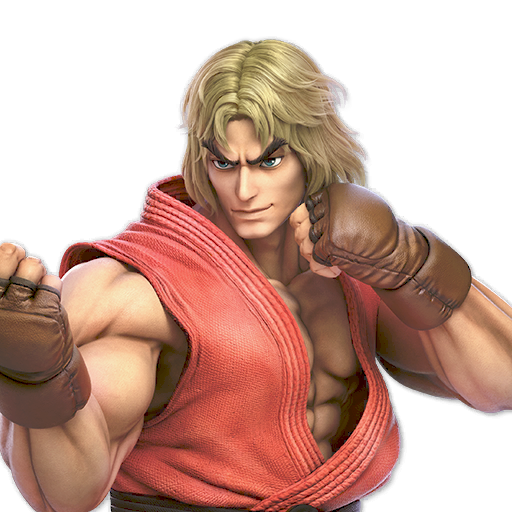
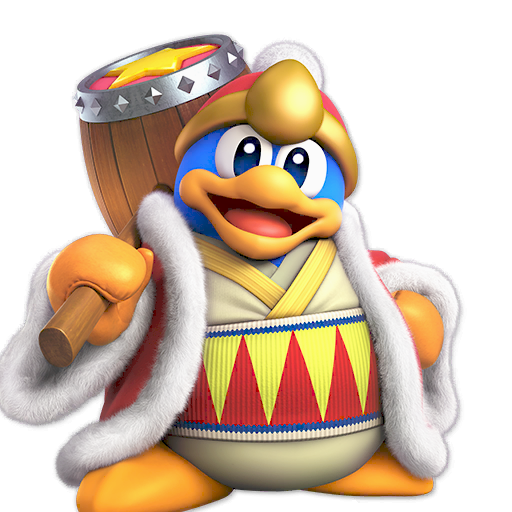
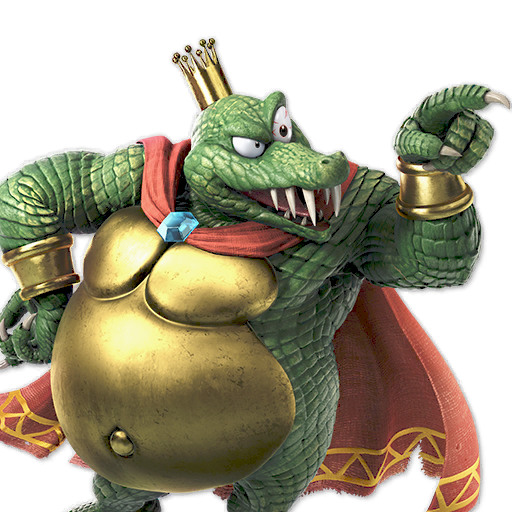
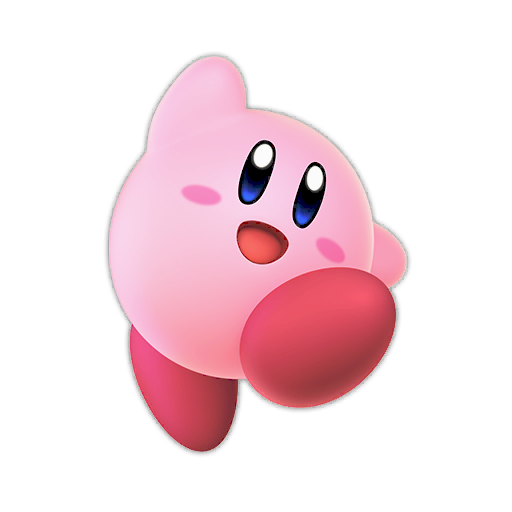
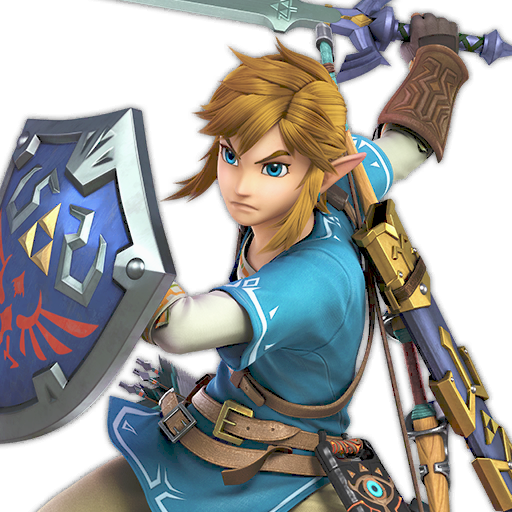
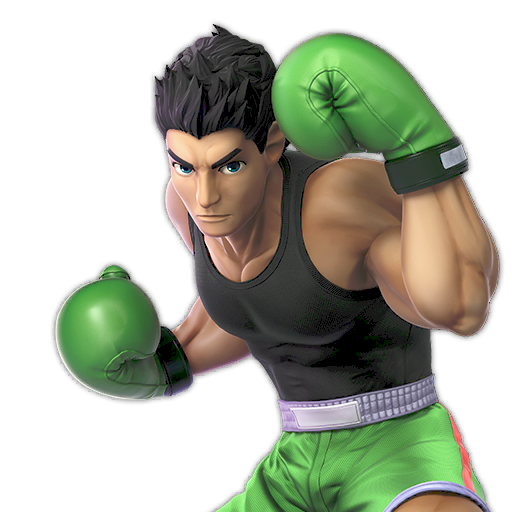
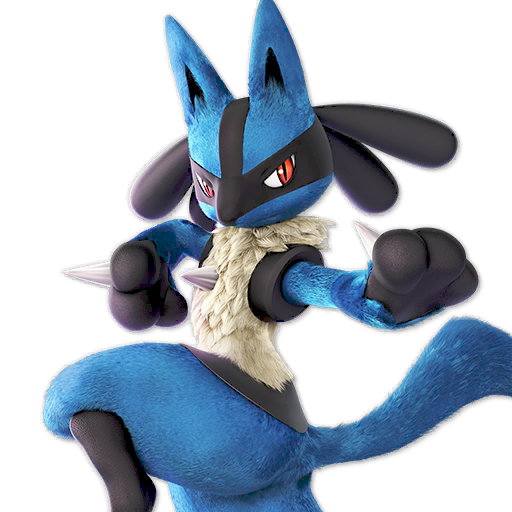
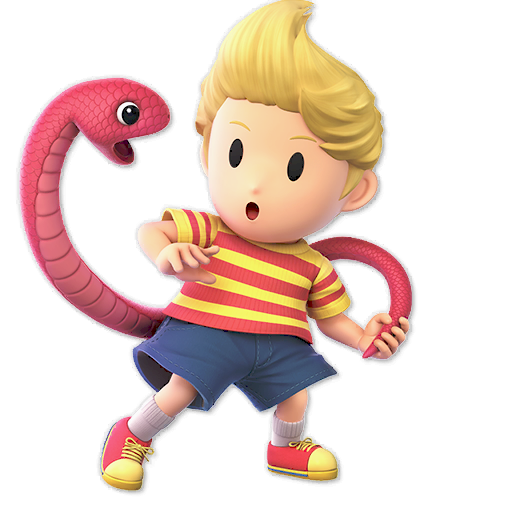
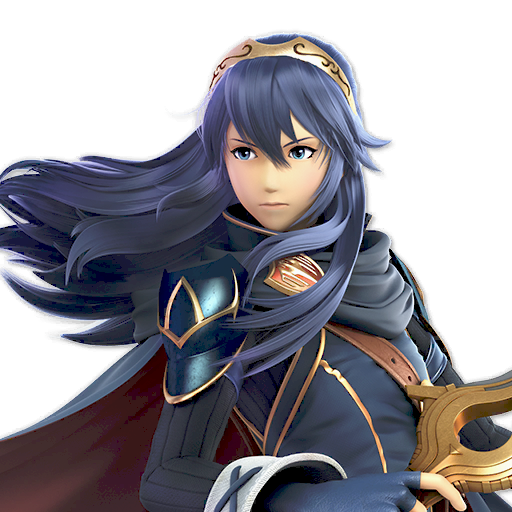
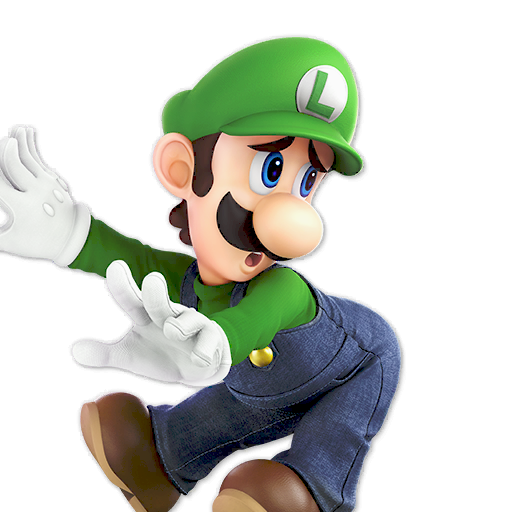
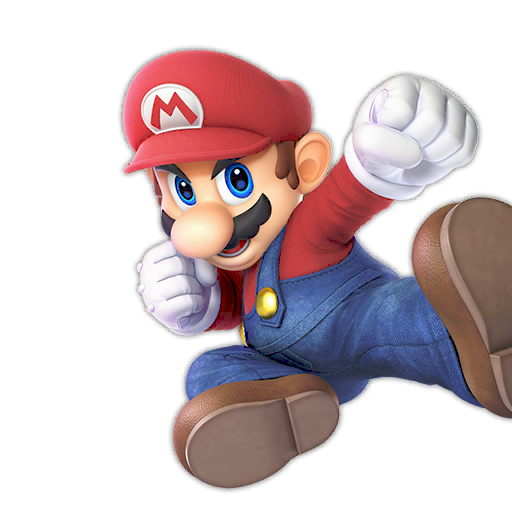
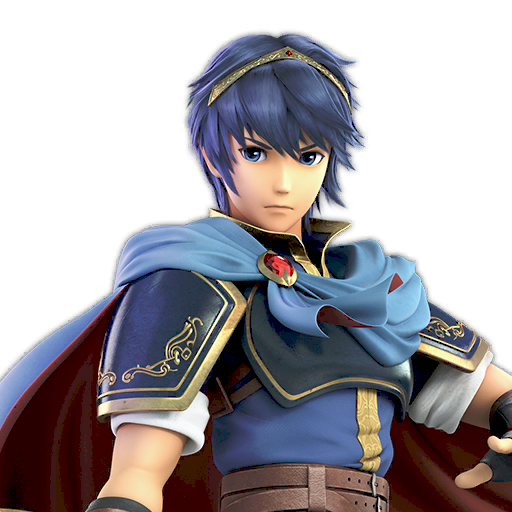
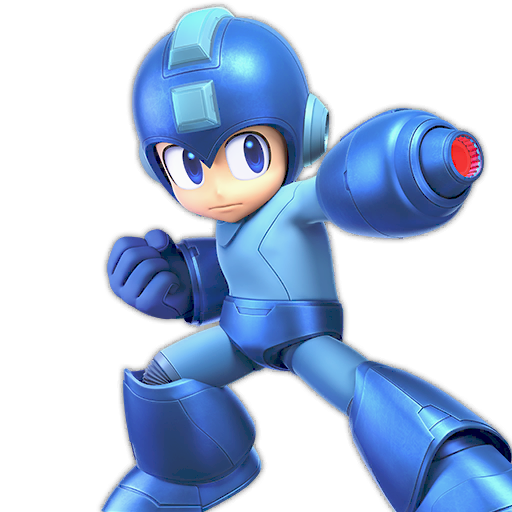
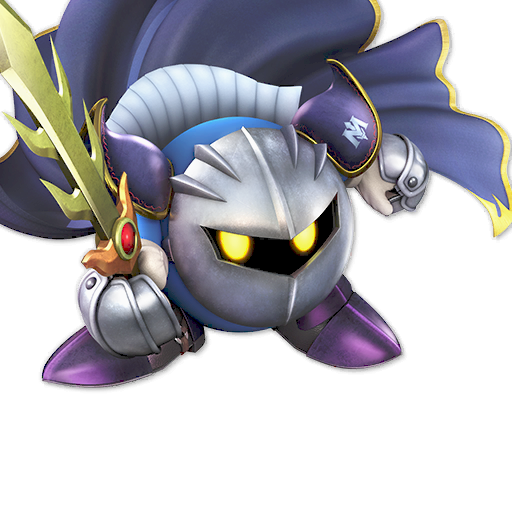
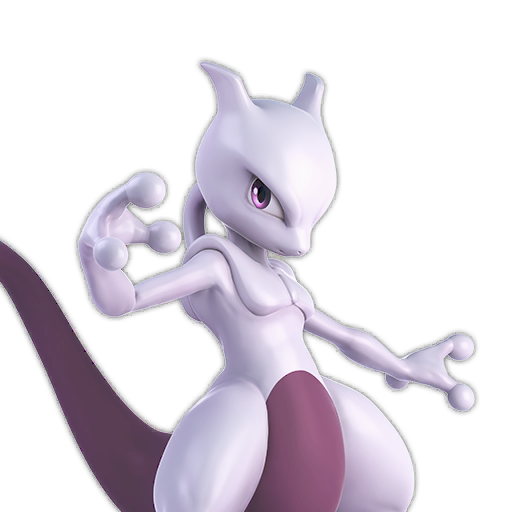
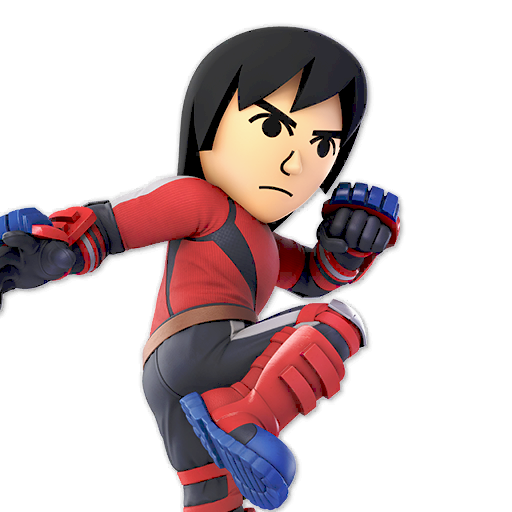
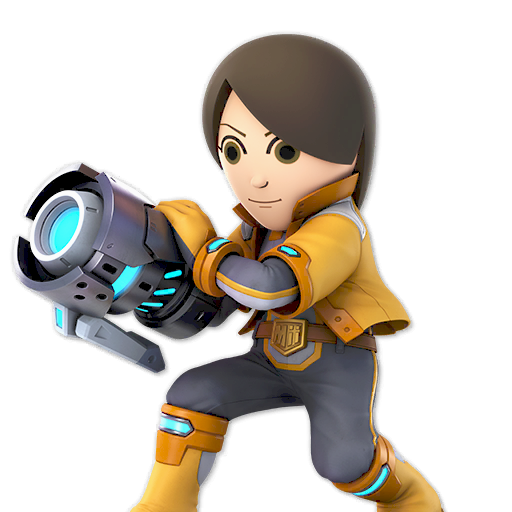
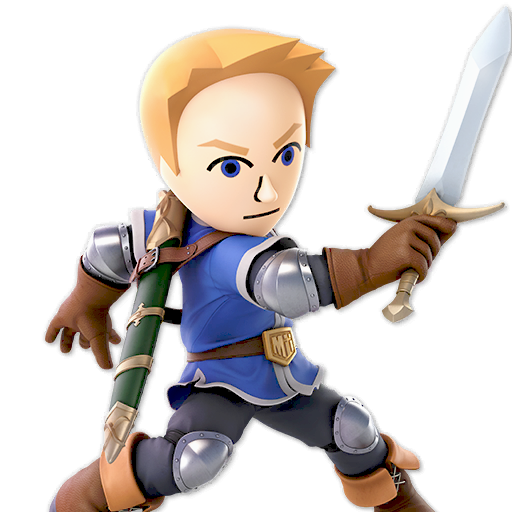
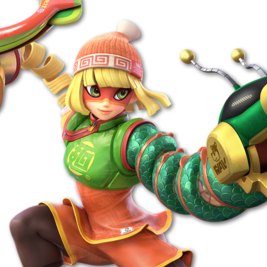
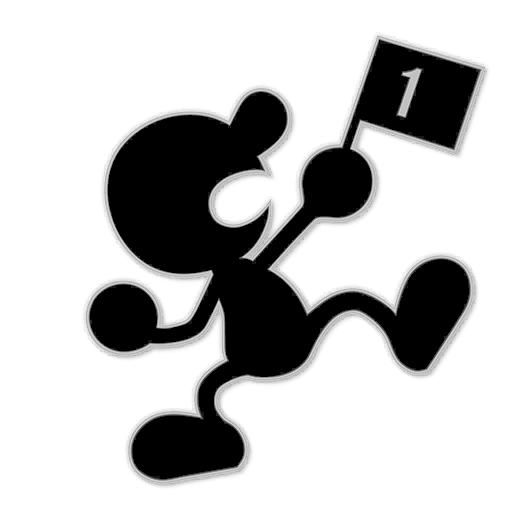
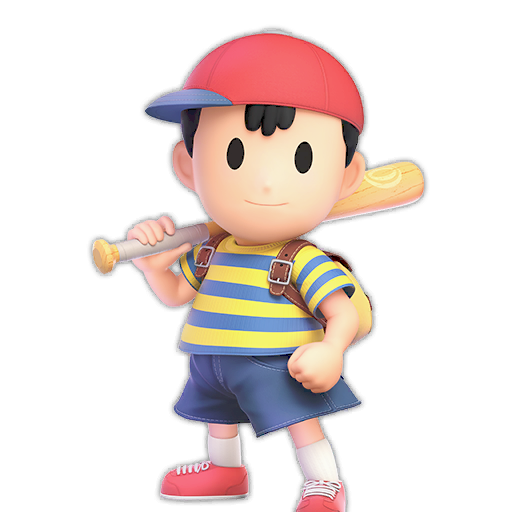
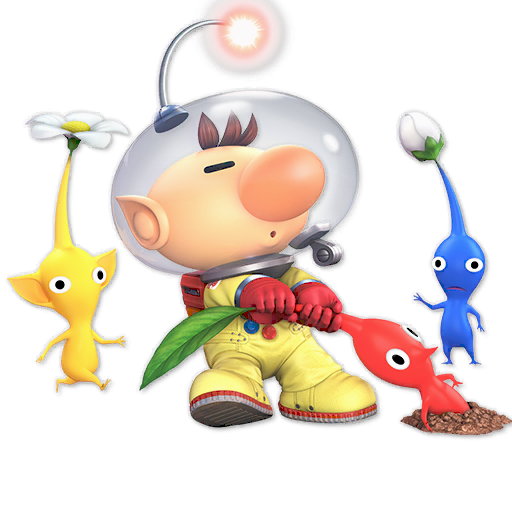
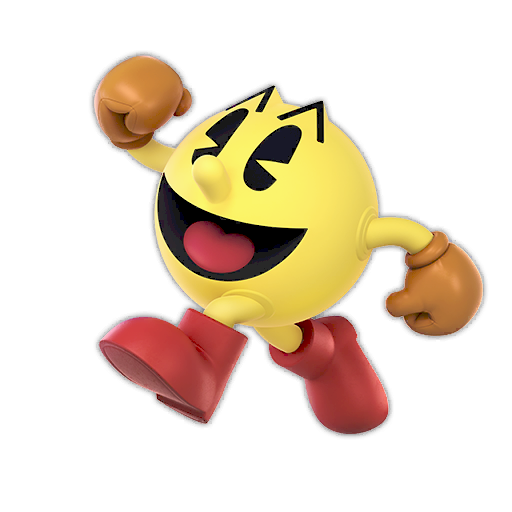
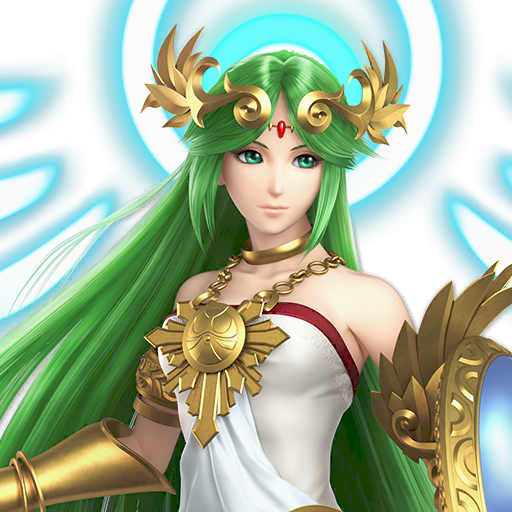
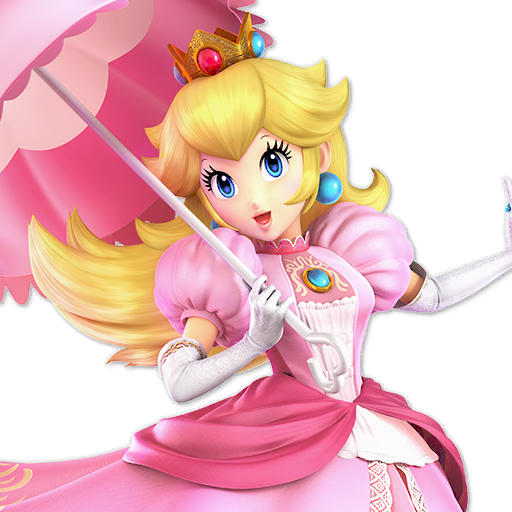
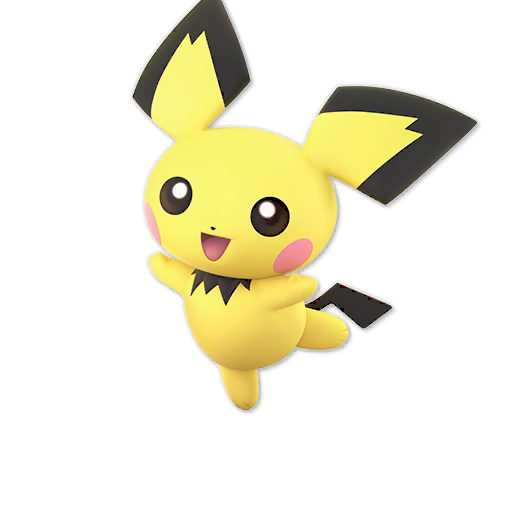


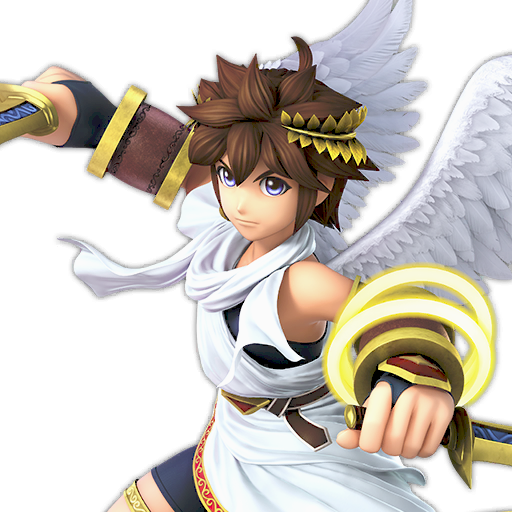
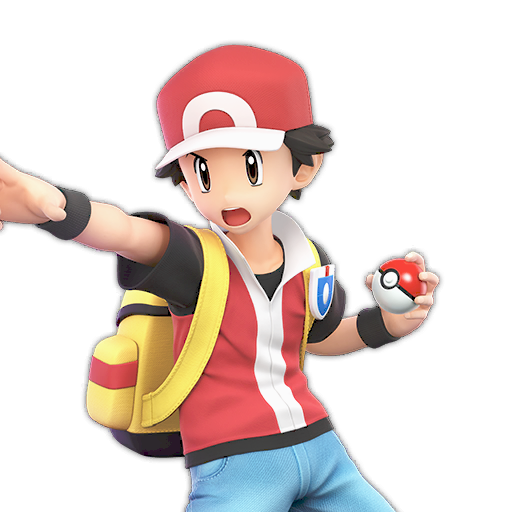
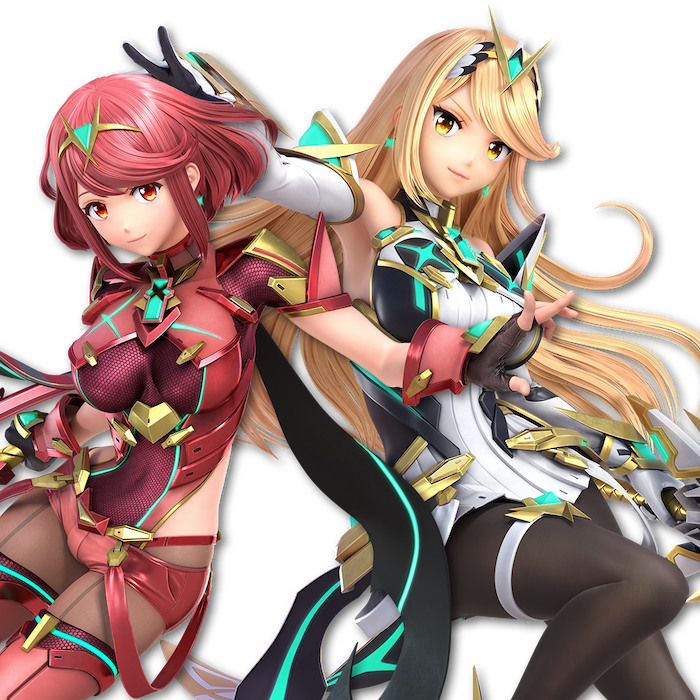
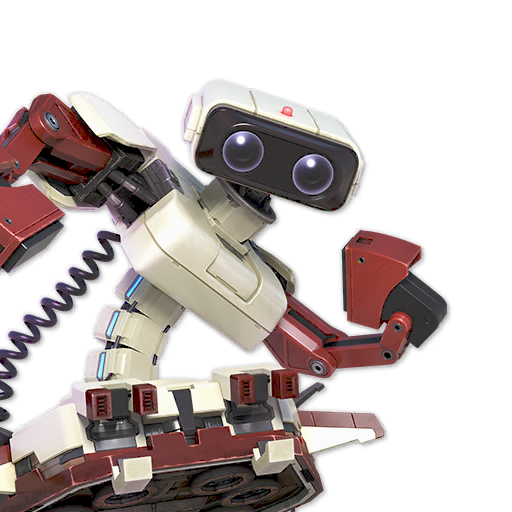
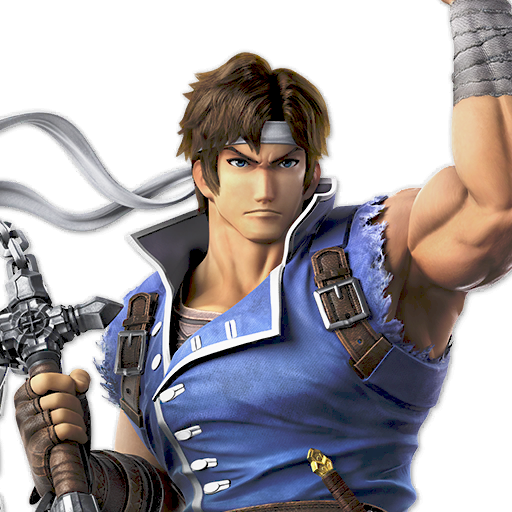
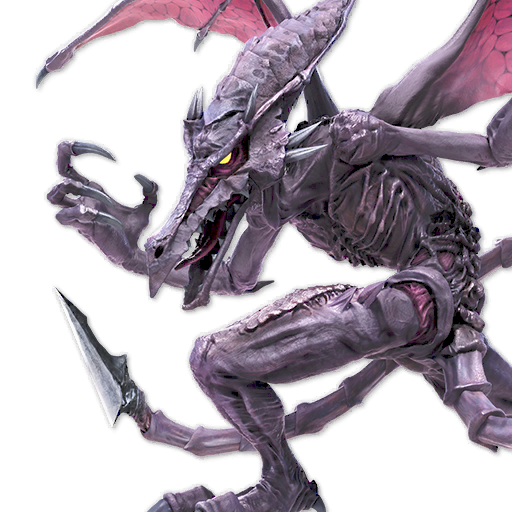
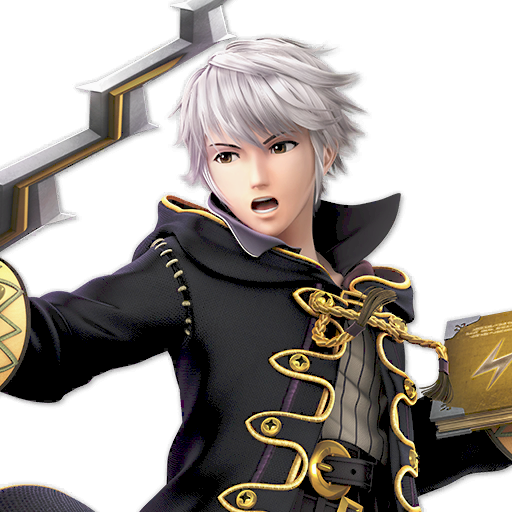
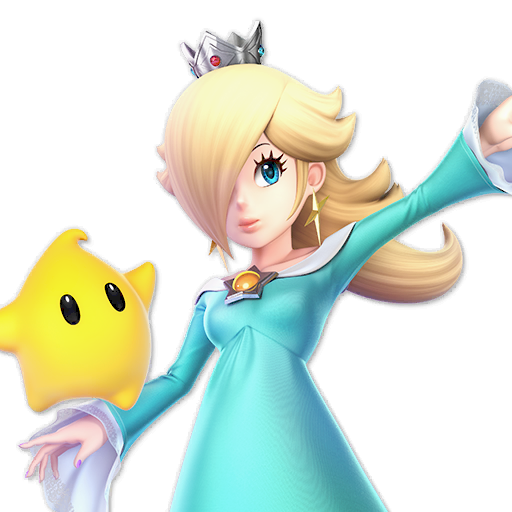
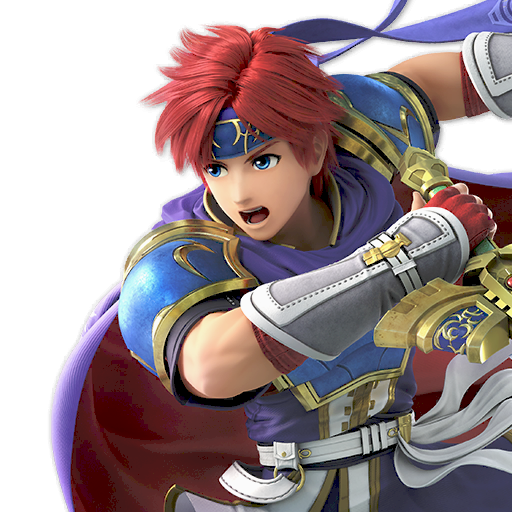
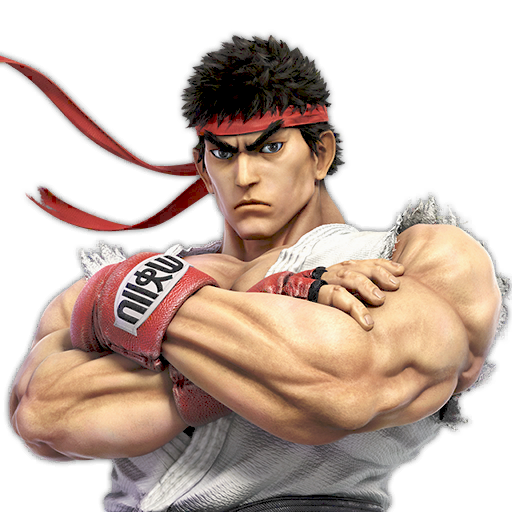
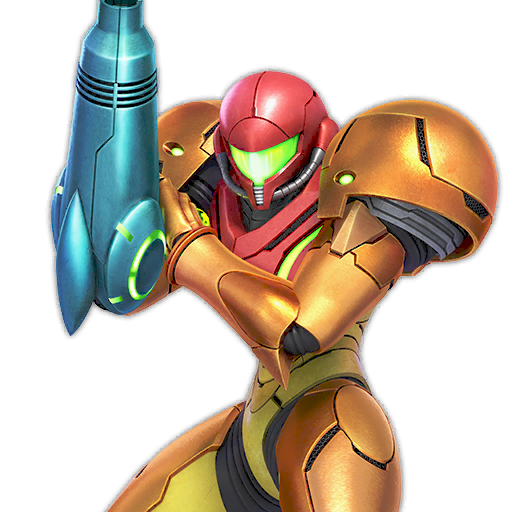
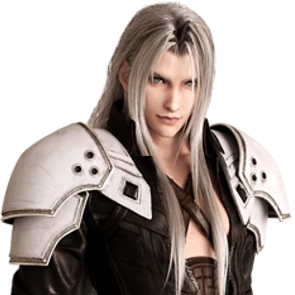
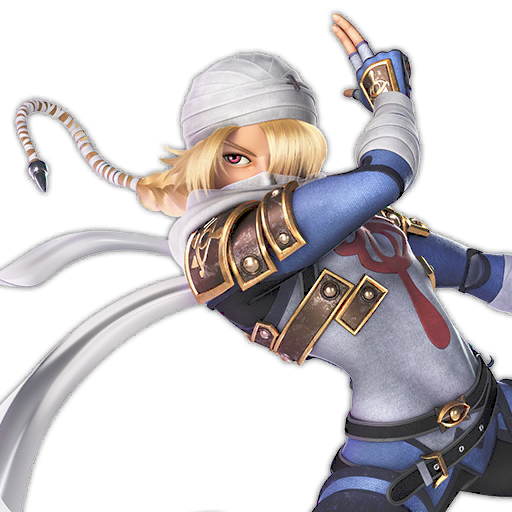
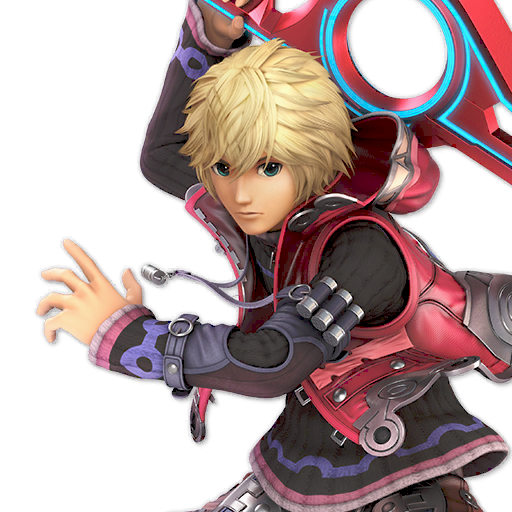
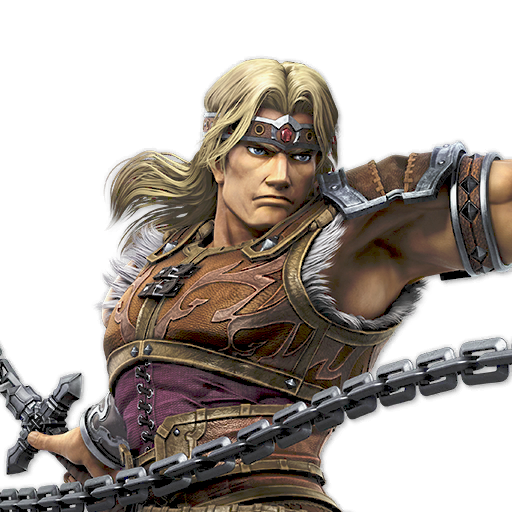
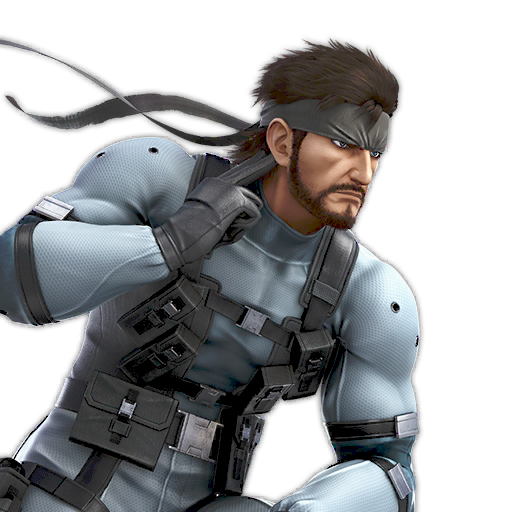
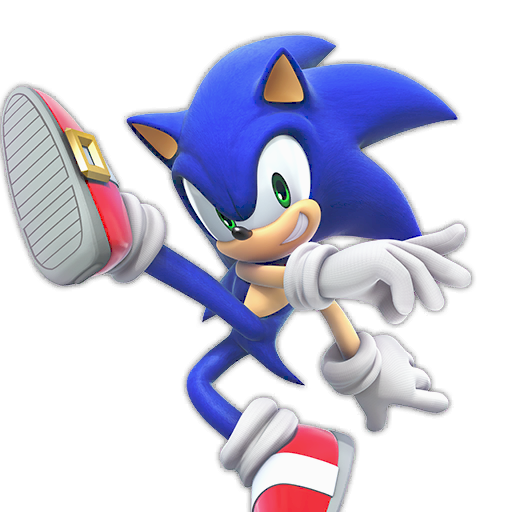
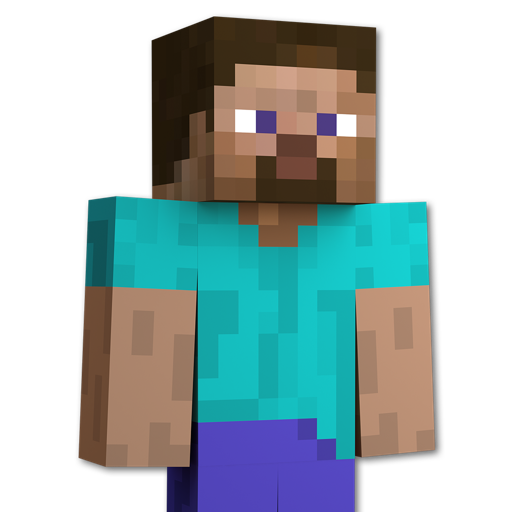
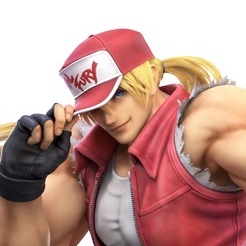
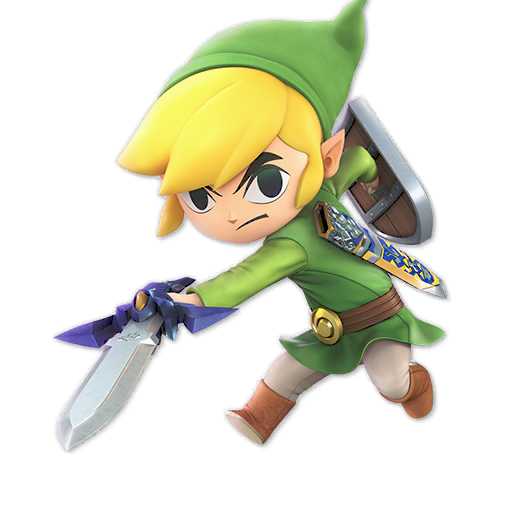
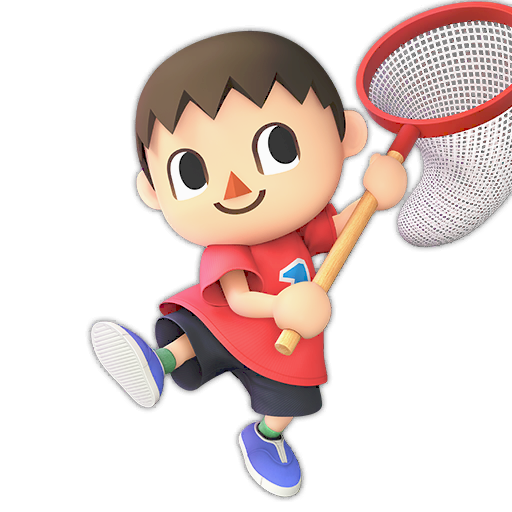
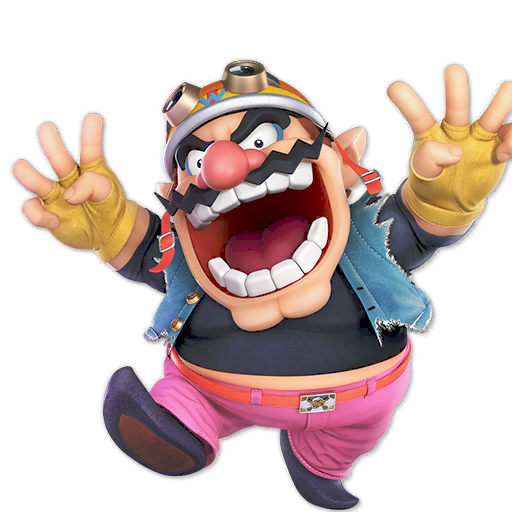
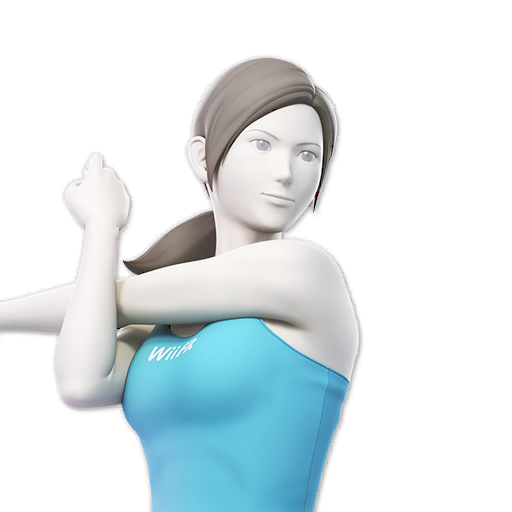
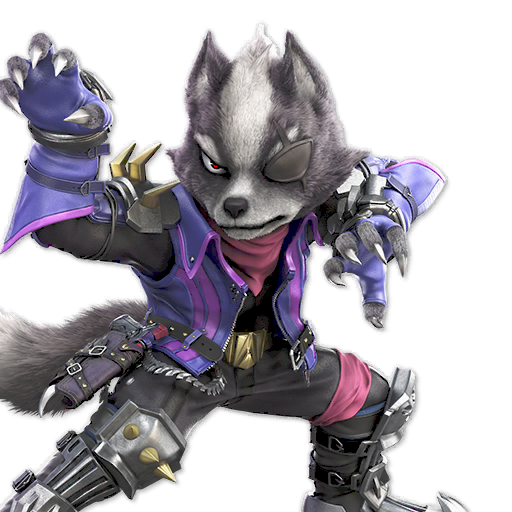
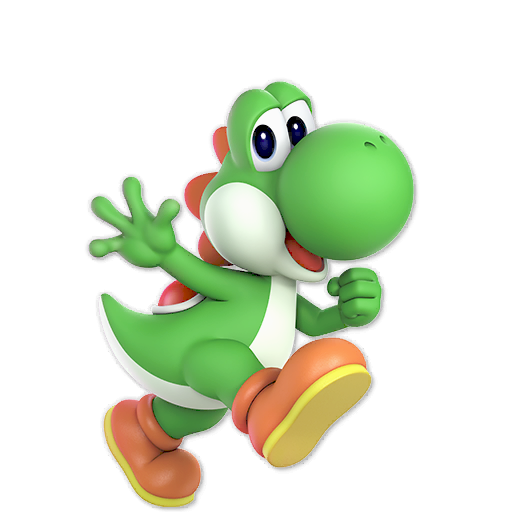
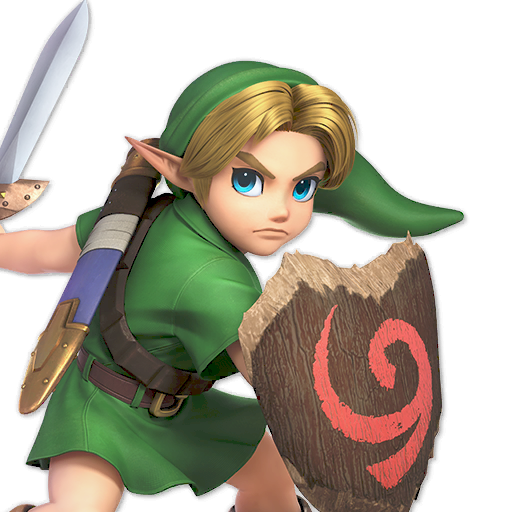
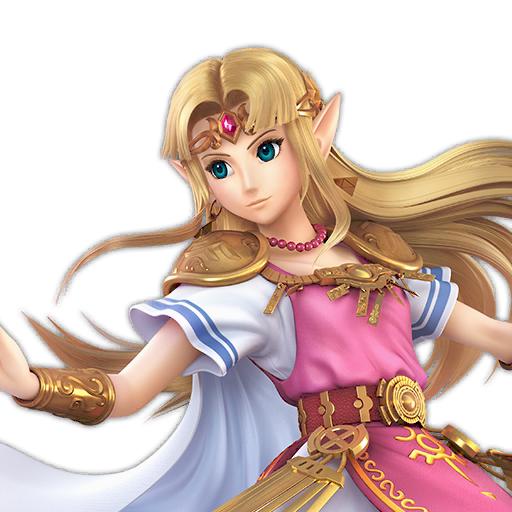
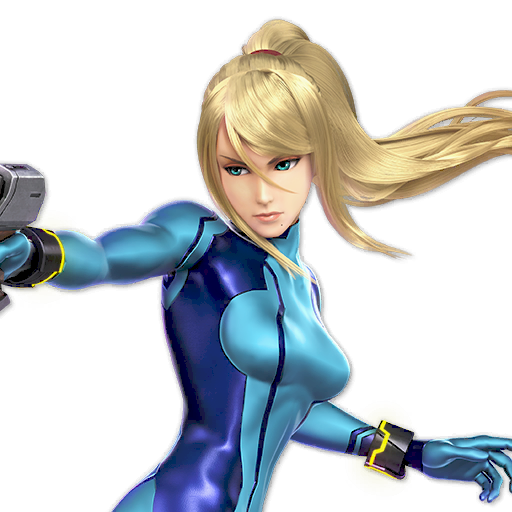
Comments